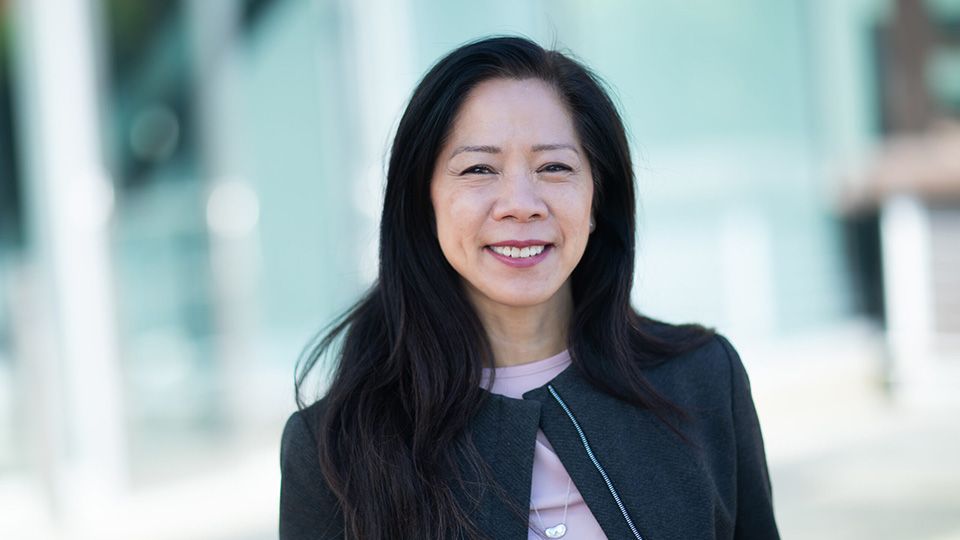Bond investors have a “unique opportunity” to have an significant impact on ESG-labelled bonds and in some cases be more direct than equity investors, according to RBC Bluebay’s senior portfolio manager within the emerging markets debt team, Jana Harvey.
In the latest episode of the Green Dream, Harvey explains the best times to engage with bond issuers, ESG progress in emerging areas such as Chile and Uruguay and the important role of sustainability-linked bonds.
Watch the full video interview above and read the transcript below.
NK: Hello and welcome back to the Green Dream video interview series. Today I’m joined by Jana Harvey, who is a senior portfolio manager at RBC BlueBay. Thanks for coming in. Can you briefly tell us a bit about what you do? What are you focused on?
JH: Thank you for having me. My role as a senior portfolio manager in the emerging markets team at RBC Blue Bay and I manage blended hard currencies, sovereign corporate emerging market portfolios there and also lead on the ESG efforts within emerging markets.
NK: Okay, fantastic. Could you talk a bit about ESG engagement within the fixed income world? I know you’re focused on emerging markets. If we look at that more broadly to start with.
JH: Of course, so fixed income investors have actually very unique opportunity set to engage with issuers. Obviously, we don’t have the direct ownership, and so perhaps less of a direct access to management and to influence of the business.
But there are significant opportunities for existing fixed income investors. I suppose the peak of influence is around the issuance point, so pre-issuance, around the roadshows and the actual issuance, and even post-issuance where our issuers are still very receptive to discussions and conversation. But also, your refinancing points and even restructurings. We can also make quite significant impact through engaging around ESG labelled bonds, which is a very unique set of instruments only accessible for fixed income investors, which effectively can help us be a little bit more direct in where we channel our funds and also be more specific in questions that we ask.
But also, I guess in contrast with equity world, we invest in a much broader set of issuers. So, it’s not just corporates, but also so sovereign entities and also sovereign owned entities which don’t have any equities outstanding. And that gives us a much broader set of opportunities to engage on sort of systemic topics and increases the impact.
NK: Okay. Fantastic. And could you talk a bit more about the emerging market side of things, what the latest trends in ESG fixed income within emerging market on the engagement side? Emerging markets face their own unique set of challenges. In particular ,lack of information. It was perhaps slightly less access as well. And so for us, most of the time we start off with engagement asking for information that then establishes relationship with the issuer and helps us later on in the engagement campaigns tackle some of the more complex issues. But emerging markets have been trying to ramp up the disclosure, but also the issuance within ESG bond market. It is still a smaller share, but you would expect that given the outstanding bond issuance, but it grows and it has been growing steadily. Last year, similarly to the broader teams, we have seen a bit of a dip in issuance. The peak in issuance of green social and sustainable bonds happened in 2021. We are seeing this year a slight pick-up again, but it’s probably not going to match the pace that we have seen in 2021.
Green issuance still remains the dominant, still the most interesting and most frequent that usually first timers issuers come to the market with. We have seen interesting pick up in local market issuance within this area, not just hard currency and also from the regional perspective. Historically, always, Asia and Latin America has been leading the last year. We have seen a pick-up of issuance from Middle East in this space as well.
NK: Okay. What about sustainability linked bonds? What’s your view of those overall?
JH: Sustainability-linked bonds have a very important part to play in our view, within the ESG labelled bond issuance. They are a slightly different instrument. There is still a lot of controversy around their credibility. It is still very nascent, young market. We are still working through how to increase standardisation, how to how to hold issuers to higher standards, but we have very high hopes for the markets as a whole. It has, similarly to the ESG level bond market, seen a reduction in terms of issuance last year, but there have been some very positive developments, such as issuance of first two sovereign issuers; Chile and Uruguay both issued their first ESG label bond, which has been very positive.
Chile is expected to come to the market this year again, and we think that this framework, once it’s worked through and once the market agrees on particular way standardised ways to price these instruments, has huge potential in terms of holding investor issuers accountable to their environmental commitments, for example.
NK: Thank you very much for that was really interesting. We always end the Green dream with this question, what’s your favourite sustainable drink or snack?
JH: I would say it’s probably strawberries from my garden. I started to do some gardening to reduce the carbon footprint of the food that we consume. So I would choose that.
NK: You’ll have to share your secrets because I’m not having much luck with my strawberries. But thank you very much for coming in and great to talk with you.
JH: Thank you for having me.




